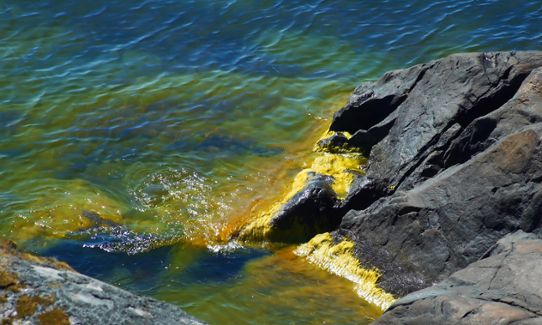The ongoing climate change is causing the temperature in the air and sea to rise, flows of fresh water into the Baltic Sea to increase and more carbon dioxide to be absorbed in the water, causing acidification. Climate change is largely caused by man, and communities around the Baltic Sea will be affected when the sea changes.
“The fact that the Baltic Sea is an inland sea with brackish water has caused many changes to be concentrated and to have happened more quickly than would have been the case if the sea had different conditions. It’s a major challenge for the ecosystem and the marine environment in the Baltic Sea, and that affects those of us who live around the sea,” says Helén Andersson, Head of Research at SMHI with a background as a researcher in the field of oceanography.
“One very tangible example is eutrophication and the algal blooms we see every summer, which affect both wildlife and tourism and dilute the problem of dead sea beds in the Baltic Sea.”

New calculations of the impact of climate change
In recent years, researchers at SMHI have conducted new simulations of how climate change is affecting the Baltic Sea. These simulations can be used both for continued, more detailed research into how the changes expected are affecting both the marine environment and the communities around the Baltic Sea, and also as base data for the political decisions needed to influence developments.
“Viewed in terms of how long evolution has had to develop species that are adapted to the environments in which they exist, the change we are seeing in the marine environment is extremely fast. So we have to find shortcuts so that new knowledge is quickly made available and used for scientifically well-grounded decisions on the future of the Baltic Sea,” says Helén Andersson.